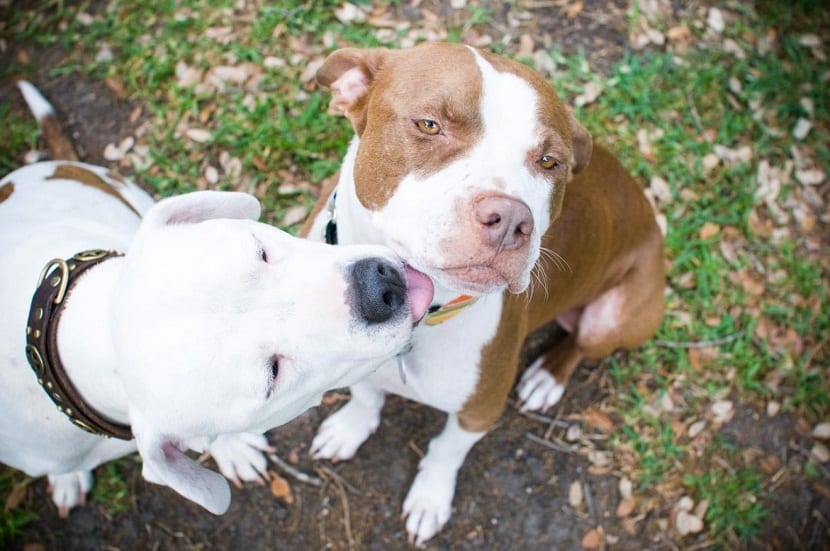
Hypokalemia refers to low potassium levels in the blood, since potassium is basically a mineral which acts as an electrolyte, that is, it is responsible for help keep fluid levels stable found in the body.
Also is essential for a great diversity of biological processes, among which we can name, which helps in the regulation of the heart, nerves and muscles. When it is not kept under control, hypokalemia could even have some devastating effects, which can also be lethal.
Both dogs and cats are quite susceptible to hypokalemia.
Why hypokalemia occurs in dogs

Hypokalemia usually occurs as a result of a chronic kidney disease or from kidney failure.
As we know, the kidneys are responsible for controlling potassium levelsThat's why when they're not working properly, potassium levels commonly tend to drop.
Dehydration is defined as lack of fluids and electrolytes in the body and it is also one of the main reasons why hypokalemia occurs. Excessive sweating, regardless of whether it is caused by physical exertion, overheating or fever, always will be one of the underlying reasons for dehydration.
Other of the most common underlying reasons are also the severe vomiting and constant diarrhea.
El excess urinary production, which can originate as a result of a variety of conditions, medicines or intravenous fluid administration, as well as some types of metabolic disorders, dialysis, potassium deficiency consumed through diet, stress, insulin or glucose administered, and intestinal obstruction, are equally probable causes of hypokalemia in both dogs and cats.
Symptoms of hypokalemia in dogs

If it is hypokalemia that is not severe and occurs as a result of minor dehydration, it is likely that there will be no clinical symptoms. However, while potassium levels fall or remain, for a certain period of time, hypokalemia begins to show different symptoms in animals.
Some of these symptoms are:
- A notable increase in water consumption.
- Urination often resembles vomiting.
- Poor appetite
- Drowsiness.
- Weightloss.
- Muscle pains.
- Loss of muscle mass.
- Weakness.
- Paralysis of the muscles that are involved with breathing.
If you notice that your pet has some of the above symptoms, it is essential that you take it to your vet.
Simply perform a simple blood test to measure the level of potassium in your dog's blood or cat, in this way, the vet can confirm or rule out a diagnosis. It is necessary that you wait until you have the diagnosis of hypokalemia to start some treatment, since commonly the above symptoms are also related to several other equally serious medical conditions.
Treatment to control potassium levels in your pets
If potassium deficiency that your pet presents is really serious, you may need to be admitted to a veterinary hospital in order to give potassium intravenously and some other therapies you may need to be able to control symptoms that put your pet at risk.
It is possible that the vet needs to stabilize his heartbeat or apply some treatment for the problem of his paralyzed respiratory muscles.
If the problem is caused by your pet's diet, you will have to make the necessary changes, following the instructions of your veterinarian. But no matter how serious the condition is, it is essential that receive a potassium supplement in order to reverse hypokalemia.
Whatever it is, this is a disease that must be kept at bay, since our dog can suffer serious consequences.
I like the way of writing, easy and simple, without many elaborate and academic explanations, clear, specific and direct. Congratulations